Disney Dining Plan 2013 Costs and Review
The 2013 Disney Dining Plan at Walt Disney World is now available for booking, and not much has changed from the 2012 Disney Dining Plan, besides the price. As has been the case each year since the popular meal plan was first offered, there are more price increases for 2013. Luckily, the 2013 Disney Dining Plan does not feature any cuts to what’s included in the meal plans, which has happened in many years prior.
2013 “Free Dining” is now available for Walt Disney World guests with arrival dates most nights between September 29, 2013 and December 22, 2013 (meaning you have to arrive between these dates to be eligible–so if you arrive December 21, 2013 and stay until December 29, 2013, free dining is available for your entire stay!), and we anticipate even more Free Dining dates will be offered in 2014. If and when this happens, it’s important to compare the “Free” Dining Plan to other discounts. If the Disney Dining Plan is “free,” that means you’re paying rack rate for your room and full price for a minimum number of tickets, whereas other packages may discount your room or tickets. For most people, Free Dining is the best discount that Disney offers, but you should still check. Whether Free Dining is best depends upon party size and resort tier, so do the math and compare the Free Disney Dining Plan promotion to other available discounts–if there are other available discounts.
The first step, before you even book your Disney Dining Plan, is determining where you want to eat and securing Advance Dining Reservations (ADRs) for those restaurants, if necessary. Once you plan where you want to eat, it should be easy to see which Disney Dining Plan best suits your needs.
Planning Your Dining:
When planning your Walt Disney World trip, it is most important to read restaurant reviews. We have dined at nearly every Walt Disney World restaurant, and you can find our reviews of many of these restaurants on our Disney Restaurant Reviews page. Reading these reviews and reviews on other sites (getting a variety of opinions is good since you may not agree with us!) is a great place to start when planning.
You will also want to consult our lists of best-value Disney Table Service restaurants for and Disney Counter Service restaurants that offer the best bang for your buck on the 2013 Disney Dining Plan. On the Disney Dining Plan, you’ll want to eat at the best restaurants that also have the most expensive menu prices to get the most value out of the Disney Dining Plan. The above lists are your best resources for planning where to eat at Walt Disney World when on the Disney Dining Plan in 2013. Other resources for maximizing your savings on the Disney Dining Plan can be found at the end of this post. You’ll want to get reservations for these restaurants as early as possible (ADRs can be made 180 days from the start of your trip), as savvy guests usually make their reservations months in advance. If you wait until the last minute or don’t make ADRs at all, you likely won’t be able to dine at the best Walt Disney World restaurants. We usually book our dining before we even book our trip!
As a general matter, although dining is one of the most important elements of your Walt Disney World trip that you should plan, it is not the only element you need to plan for your Disney trip. You also need to plan what time of year to visit to avoid crowds and see certain seasonal events, what type of Disney tickets to purchase, whether you should rent a car or rely on Disney transportation on your trip, at which hotel to stay, and what to pack, among other things! The amount of fun you have on your Walt Disney World vacation can vary widely depending on how much planning you do, and with a little planning, you can have a lot more fun. A trip to Walt Disney World costs a lot of money, so spend a little time in advance, too, to make sure your trip goes as smoothly as possible.
That said, to determine whether the Free Disney Dining Plan offer is for you, or if you’re considering purchasing the Dining Plan, here is our summary and review of the Disney Dining Plan.
2013 Disney Dining Plan Overview:
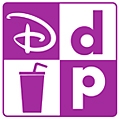
The following prices and details of the Disney Dining Plan took affect for arrivals beginning January 1, 2013 and are valid until December 31, 2013.
2013 Quick Service Disney Dining Plan
This is the lowest tier of the Disney Dining Plan. This is the tier of the Disney Dining Plan that is typically included with Free Dining at the Value Resorts.
For each person on the room reservation, the Quick Service Disney Dining Plan includes:
- two counter-service meals (per night)
- one snack (per night)
- a refillable drink mug (per stay)
The daily price of the Quick Service Plan is $37.58 per adult and $14.32 per child ages 3-9.
2013 Standard Disney Dining Plan
This is the standard tier of the Disney Dining Plan (Disney refers to it as simply the “Disney Dining Plan.” To avoid confusion, we’ll call it the “Standard Disney Dining Plan”), and what’s typically included with “Free” Dining at the Moderate, Deluxe, and Deluxe Villa Resorts. For the price difference between the plans, you can upgrade from the Free Quick Service Dining Plan to this plan at the Value Resorts.
For each person on the room reservation, the Standard Disney Dining Plan includes:
- one counter-service meal (per night)
- one sit-down meal (per night)
- one snack (per night)
- a refillable drink mug (per stay)
As of January 1, 2013, the daily price of the Standard Disney Dining Plan is $55.59 per adult and $17.16 per child, per night for most times of the year and $56.94 per adult and $18.16 per child during peak season. Children under 3 eat free from an adult’s plate. Gratuity not included for the table service meals. Two table service credits can also be used for signature restaurants, dinner shows, private dining, or pizza delivery.
2013 Deluxe Disney Dining Plan
Of the three normal plans (so not including the Premium Package or Platinum Dining) this is the upper echelon of Disney Dining Plans. By default, no resort tier receives this package for Free Dining, but you can pay the difference to upgrade to it.
For each person on the room reservation, the Deluxe Disney Dining Plan includes:
- three meals at your choice of counter service restaurants or table service restaurants (per night)
- two snacks (per night)
- one refillable drink mug (per stay)
The daily price of the Deluxe Disney Dining Plan is $99.97 per adult and $26.84 per child during regular season, and $102.27 per adult and 28.91 per child during peak season. Children under 3 eat free from an adult’s plate. Gratuity not included for the table service meals. Two table service credits can also be used for signature restaurants, dinner shows, private dining, or pizza delivery. The price hikes to the Deluxe Disney Dining Plan are the most significant out of all of the plans.
If you have further questions that aren’t answered by these pages, I refer you to Disney’s Dining Plan website, which includes comprehensive and unnecessarily complicated PDF documents describing the various plans and their rules.
2013 Disney Dining Plan Review:
We have used the Disney Dining Plan many times, including the Deluxe Disney Dining Plan in May 2012 and the Standard Disney Dining Plan on our Honeymoon in June 2010. Overall, we think the Disney Dining Plan can be good, but isn’t something that we’d use every trip. It all depends upon your circumstances (even when Free Dining is offered, the Disney Dining Plan isn’t really “free.”). In this review, we’ll try to weigh the pros and cons and present a balanced take.
We’ll start with the cons. First, if you’re paying out of pocket for the Disney Dining Plan, as we always have, there’s the temptation to order the most expensive item on the menu to maximize your “value” of the plan. There have been a number of times when a cheaper menu item looked more appealing to me, but there was that lingering thought in the back of my mind that if I didn’t order something more expensive, the Dining Plan would actually cost us more than paying out of pocket.
This is a common concern about the Disney Dining Plan, and the response I’ve heard from people is that they don’t care about saving money, they just get the Disney Dining Plan for convenience and to avoid thinking about money on vacation. This doesn’t seem logical. If you don’t want to worry about money, purchase a Disney Gift Card before the trip. While I don’t advocate making that psychological disconnect between actual and “fake” money, if you really need to make it, go that route.
Morever, you won’t necessarily get a stress-free vacation by using the Disney Dining Plan. The Dining Plan has a myriad of little rules and exceptions. Sarah and I are both reasonably intelligent, and there were occasions when the rules of the Dining Plan have seemed unnecessarily complicated to us. By contrast, it’s incredibly simple to go into a restaurant, order the items you like on the menu, and pay with cash or a credit card. Nothing complicated about that, and it’s exactly what we do at any restaurant we visit at home.
Another common complaint is that the Disney Dining Plan often “forces” guests to eat more than they want. While Sarah and I are both big eaters, at times, the Dining Plan is just too much food. There have been occasions when we otherwise would have eaten small counter service meals, but because we had the credits to use, we have eaten at Table Service restaurants. Not only did this result in over-consumption, but it also ate into valuable vacation time. If you have a short trip and want to experience as many attractions as possible, this is something to keep in mind.
Finally, while you can get value out of the Disney Dining Plan, that savings requires a certain kind of consumption. If you don’t normally eat as much food as the Disney Dining Plan provides, you aren’t really saving money. You’re over-consuming in the name of savings.
If the Disney Dining Plan is too much food for you, you might be able to save money with the Tables in Wonderland card, which offers a 20% discount at table service restaurants and some counter service restaurants to eligible guests. In analyzing our receipts, I’ve found that we often save more by using Tables in Wonderland than by using the Disney Dining Plan. This may or may not be true for you depending upon how much your party eats.
Here are the pros of using the Disney Dining Plan. The first is that it forces you to slow down and enjoy all of the various wonderful foods at Walt Disney World. And there is a lot of wonderful food there! In the hustle and bustle of wanting to visit as many attractions as possible, the Dining Plan is a good “reminder” to that there’s more than rides at Walt Disney World. This is something we definitely should be self-disciplined-enough to do on our own, but I’ve found we are definitely better about it when using the Dining Plan.
Another benefit to the Disney Dining Plan is that it won’t scare you away from expensive menu items. If you love filet mignon, but would shy away from ordering it when you see the menu price, the Disney Dining Plan might work well for you. If you like steak and would order it regardless, you’re probably not going to have the problem of forcing yourself to order the most expensive item because of the Dining Plan (like I discussed above in my “cons”), and you will most likely save a lot of money on the Disney Dining Plan.
The Disney Dining Plan is also great for those who really enjoy Disney snacks. Snack credits are best used during Epcot’s International Food & Wine Festival, when some of the best snacks can cost as much as $7, so using credits on these snacks gives the Disney Dining Plan even more value! Check out our list of the top Epcot Food & Wine Festival snacks if you’re heading to Walt Disney World in the fall and are considering the Disney Dining Plan.
There are also great uses for the Quick Service Disney Dining Plan and the Deluxe Disney Dining Plan. The Quick Service Plan is best during Food & Wine Festival, when, as mentioned above, snack credits can be used for more expensive items at the various kiosks. This is a great use of these credits, and given that you’ll probably be sampling Food & Wine Festival food anyway, it’s good during these trips to not have as many Table Service meals. Wandering around Epcot’s Food & Wine Festival is a lot of fun, and there have been full days in Epcot when we haven’t even eaten a meal because we’ve so enjoyed sampling the snacks. Our tip is to use on Quick Service credit in the morning for breakfast at Sunshine Seasons, then use a stockpile of snack credits throughout the day at the kiosks. On another day when you visit one of the other parks, have three Quick Service meals since you’ll have used up your other snack credits, but will have an extra Quick Service credit. It’s just too bad you can’t use Disney Dining Plan credits for the popular Drinking Around the World activity in Epcot’s World Showcase!
The Deluxe Dining Plan can be utilized well if you follow the strategy of eating breakfast (or an early lunch) at a Table Service restaurant and dinner at a Signature Table Service Restaurant, plus snacks whenever. This really maximizes the value of this plan! You could eat three table service meals to get a lot of value, but for mortals, it’s simply too difficult to eat three Table Service meals per day! In May 2012, we tried doing an early table service lunch and a late signature restaurant dinner and we saved over 50% by using the Deluxe Disney Dining Plan!
Overall, whether the Disney Dining Plan is right for you is a highly personal decision based on a lot of variables. I can’t say whether the Disney Dining Plan is right for your particular circumstances, but hopefully the considerations above can help with your decision. If you use the Disney Dining Plan for your vacation, make sure you do your homework and PLAN!
In addition to the links provided here, I highly recommend The Unofficial Guide Walt Disney World 2014, which is a comprehensive resource for eating at Disney and trip planning in general. Blog posts like this are helpful, but I find that when you’re actually on vacation, it’s nice to have information organized and indexed all in one place. Given the incredible expense of dining at Walt Disney World, this book is definitely a great resource to have with you on your Disney vacation! Also make sure to check out our Dining Reviews to help determine where you should eat. Just don’t check them out before lunch–there are lots of mouth-watering food photos from Walt Disney World and Disneyland restaurants in the reviews!
Additional Disney Dining Plan Resources
For more details on each of the plans, visit the following pages:
If you plan on getting the Disney Dining Plan check out these other Walt Disney World dining posts to maximize your Disney Dining Plan value:
- Best-Value Table Service Restaurants on the Disney Dining Plan
- Best-Value Counter Service Restaurants on the Disney Dining Plan
- Best-Value Character Meals on the Disney Dining Plan
- Best-Value Snacks on the Disney Dining Plan
- Save 50%+ on the Deluxe Disney Dining Plan
- Top 10 Table Service Restaurants
- Top 10 Counter Service Restaurants
- Top Romantic Walt Disney World Restaurants
- Top Cupcakes at Walt Disney World
- Drinking Around Epcot’s World Showcase Tips
For updates, news, and Disney tips, sign up for our monthly newsletter!
Your Thoughts…
Are you planning on using the Disney Dining Plan? I would love to hear what your thoughts are about the Disney Dining Plan, and how it works—or doesn’t work—for you, in the comments!

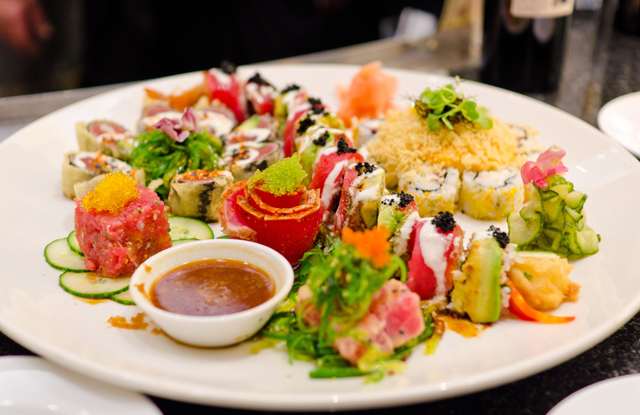
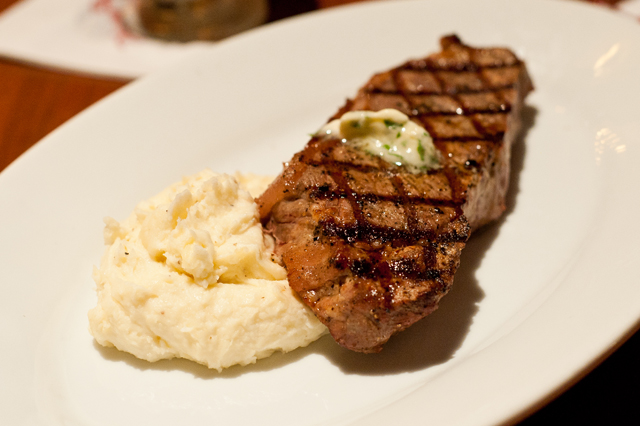
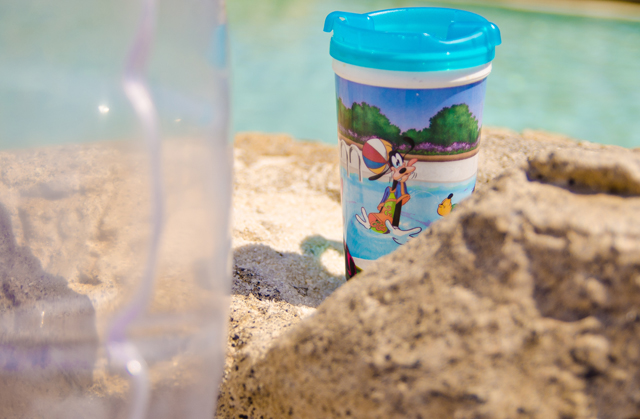


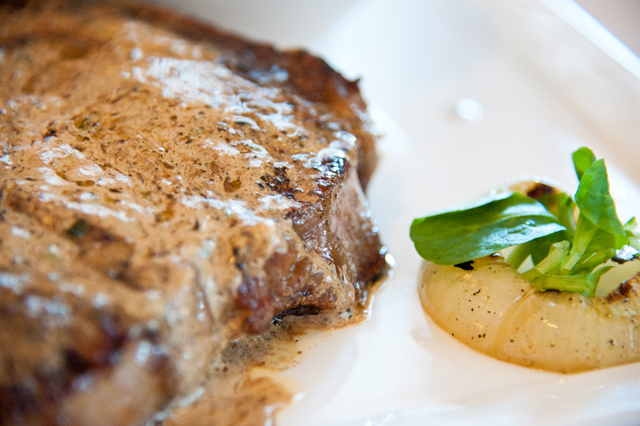
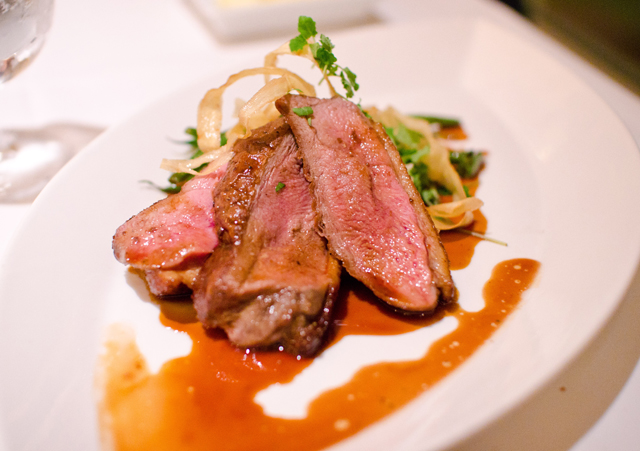
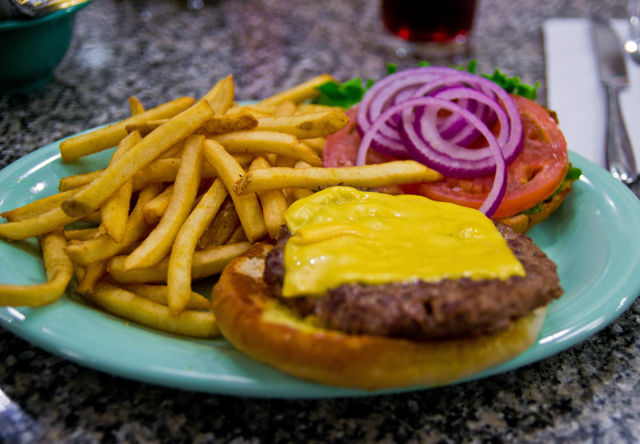
I love what you guys are up too. This sort of clever work and exposure!
Keep up the very good works guys I’ve incorporated you guys to my personal blogroll.
Howdy! I know this is kind of off topic but I was wondering if you knew where I could find a captcha plugin for my comment form?
I’m using the same blog platform as yours and I’m having
trouble finding one? Thanks a lot!